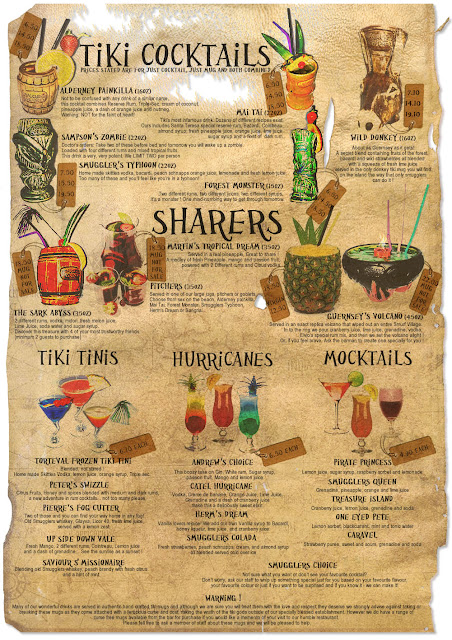Whisky
How's whisky made ? Just three basic ingredients are needed - water, barley and yeast. Technology now aids production, but traditionally there are five stages to the process - malting, mashing, fermentation, distillation and maturation. Here I'll go through and explain each of these important stages. Step 1 - Malting Barley contains starch and it is this starch which needs to be converted into soluble sugars to make alcohol. For this to occur, the barley must undergo germination and this first part of the process is called 'malting'. The barley is soaked for 2-3 days in warm water and then traditionally spread on the floor of a building called a malting house. It is turned regularly to maintain a constant temperature. The malting floor at Springbank When the barley has started to shoot, the germination has to be stopped by drying it in a kiln. Traditionally peat is used to power the kiln and it is at this point where the type of peat used and lengt...

